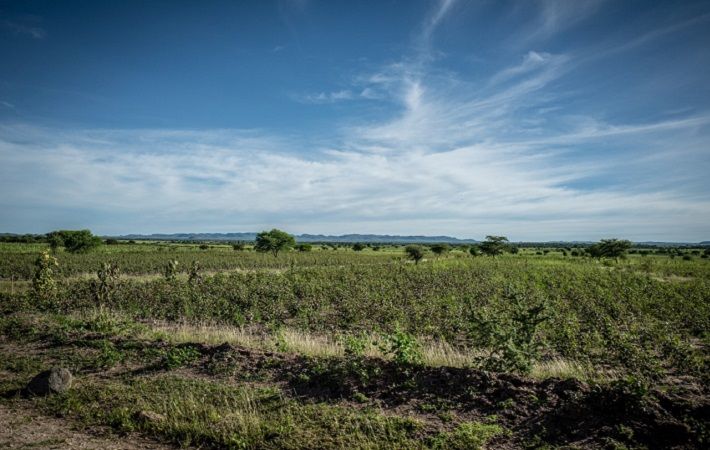
CmiA cotton does better than most, primarily because it is cultivated by small-scale farmers who rely on rain-fed agriculture and apply considerably less fertiliser.
The second life cycle assessment (LCA) investigated the impact of cotton farming on climate change, eutrophication, acidification, blue water consumption, and biodiversity. In the course of the assessment, CmiA-verified cotton companies from Côte d’Ivoire, Cameroon, and Zambia completed questionnaires on their practices, and data was collected on factors like average farm size, crop yields, and fertiliser application rates, said CmiA in a press release.
CmiA cotton contributes less to climate change than the global average, with only 1.24 tonnes of CO2 equivalents being released per tonne of harvested CmiA cotton fibres versus the significantly higher global benchmark of 1.43 tonnes.
In terms of eutrophication or the introduction of excessive levels of macronutrients into ecosystems, CmiA cotton scores worse than the global average. This is primarily because many other cotton-growing regions see little precipitation, driving down the global LCA average for leaching levels, the release said.
There is still room for improvement regarding field clearance, which causes especially high emissions as farmers burn last season’s cotton plants before sowing new ones, thereby releasing greenhouse gases and intensifying soil acidification. CmiA cotton’s environmental footprint can be further improved by composting crop residue and returning it to the soil as humus instead of burning it. It would also be beneficial for more small-scale farmers to move towards no-till farming.
In this year’s LCA, the CmiA initiative supplemented the usual criteria with a new key parameter: the impact of cotton farming on biodiversity. Since this is the first time that this impact category is being investigated as part of an LCA for cotton, it will not be possible to rank CmiA cotton in terms of biodiversity until other players in the cotton production sector publish comparative values.
The results of this assessment are considered to be representative of CmiA cotton as a whole because more than half of all CmiA cotton is produced in the three countries under study (Côte d’Ivoire, Cameroon, and Zambia).
Established by the Hamburg-based Aid by Trade Foundation (AbTF), Cotton made in Africa is an internationally recognised standard for sustainably produced cotton from Africa, connecting African small-scale farmers with trading companies and fashion brands throughout the global textile value chain.
Fibre2Fashion News Desk (KD)